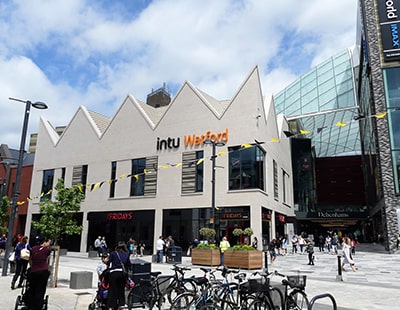Should commercial properties be converted into homes? I think so.
I don’t mean the upscale barns becoming large houses, or the fashionable churches converted to apartments. I mean large scale redundant offices or factories or schools becoming ‘ordinary’ flats and houses for real people.
So far this option has had a bad press, largely because of low-cost low-quality conversions done under hastily modified Permitted Development rules.
Although only a small number of offices have been converted into mid- to high-end homes under PD, many of these have been characterised as having poor light and ventilation, low ceilings and difficult layouts.
But we are, are we not, in a housing crisis? We have a planning system hell-bent on playing to the strengths of NIMBYs so making Greenfield development at best slow and sometimes impossible. And yet we need homes like never before.
So can we not look at these conversions again, learn from the lessons of Permitted Development, and do better this time round?
The All-Party Parliamentary Groups for Ending Homelessness and for Housing Market and Delivery says there is a chronic lack of affordable housing and is inclined to look at conversions anew.
Just 59,000 new affordable homes were delivered in 2021-22 compared to the estimated requirement of 145,000 a year. Of these delivered homes, only 65 per cent were for rent and only a very small proportion for social rent. Unsurprisingly the MPs have said: “To truly prevent and end homelessness, more social rented homes that are genuinely affordable to people on low incomes must be delivered.“
Aside from the humanitarian cost, the price to the public purse of insufficient affordable housing is immense. Government figures estimate councils in England spent £1.6 billion on temporary accommodation for homeless households between April 2021 and March 2022, with 95,000 families currently living in temporary accommodation - it’s difficult not to believe that such expenditure could be cut if there were sufficient affordable homes.
Now the MPs - and me, and maybe you - are wondering whether this shortage of house building and reliance on temporary accommodation appears uncomfortable when there’s so many empty commercial buildings.
Ben Everitt MP, the chair of the committee for Housing Market and Delivery, puts it this way: “We’re facing an acute shortage of affordable homes, yet thousands of buildings are sitting empty. Whilst Permitted Development rules relating to commercial to residential conversions have led to many bad examples in the past, we think there’s an opportunity to look at this issue again. We want to consider what measures could be put in place to ensure that conversions lead to an increase in high-quality, affordable accommodation that meets the needs of local communities”.
Traditionally-minded planners are not so keen: they say (with justification) that neighbourhood shopping centres are important for the wellbeing of an area, and these have prospered since Covid as we have all realised the benefits of local commerce.
But the same does not apply to commercial office buildings: indeed, the seemingly irreversible movement towards hybrid working means office space is redundant on a scale that was unexpected just three years ago. Let’s make use of this rare opportunity.
If you agree or disagree, don’t just let me know in the comments below - comment, too, straight to the committee, consisting of MPs who make the decisions: capitalletters@publicaffairsco.com






%20A%20property%20tale%20for%20our%20times.png)



















Join the conversation
Be the first to comment (please use the comment box below)
Please login to comment